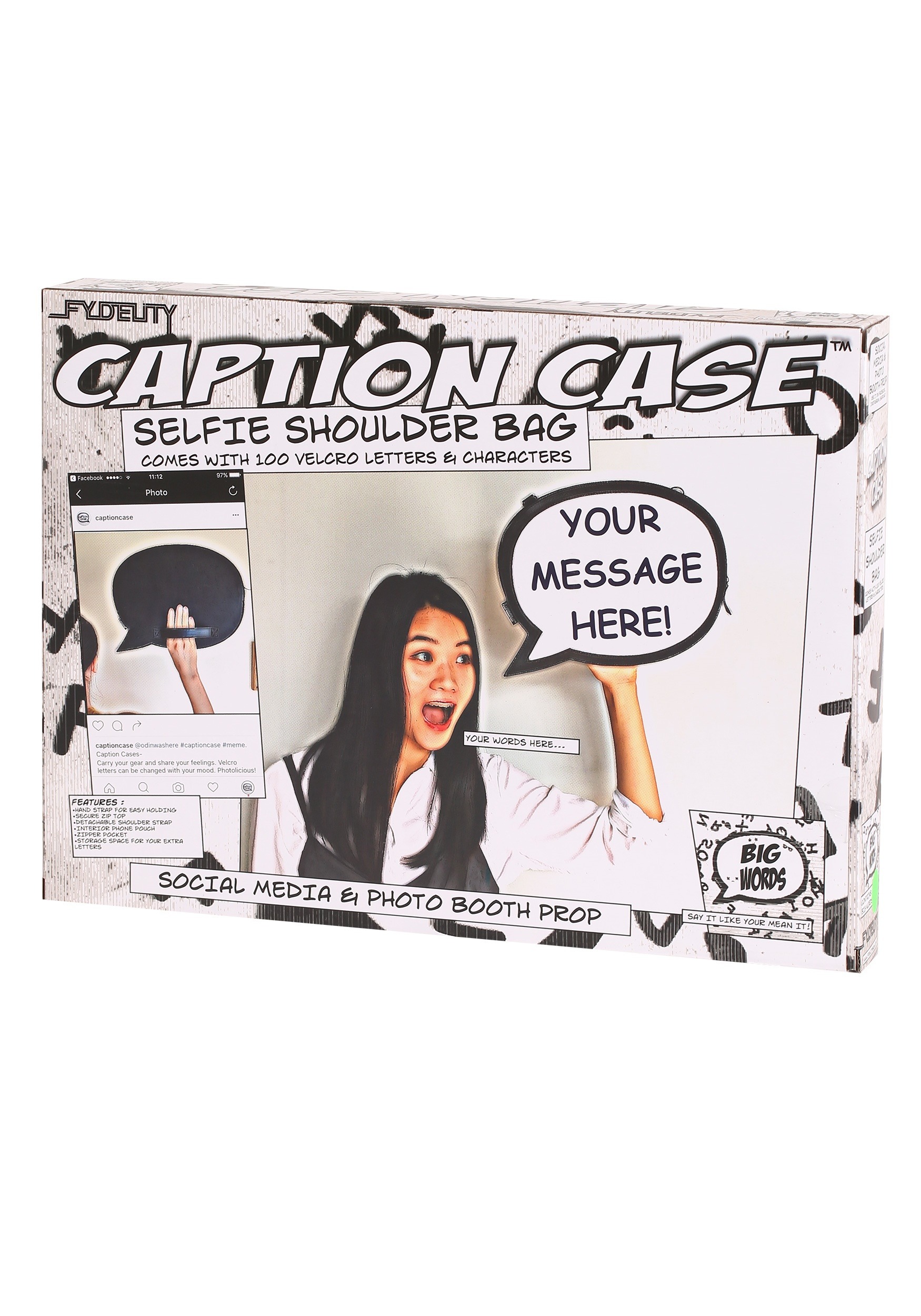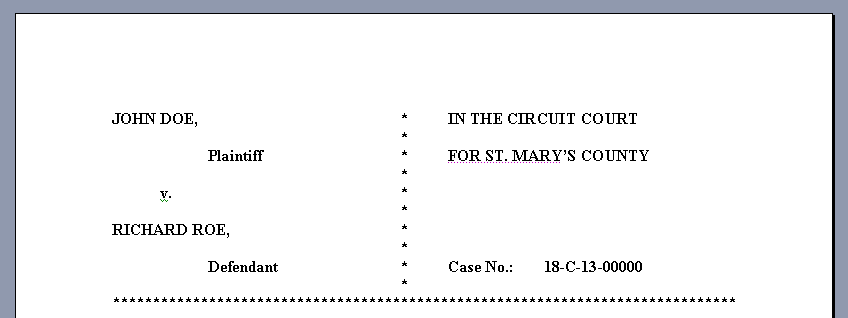

- Case caption manual#
- Case caption trial#
"The difference between title case and every word in capitals is minor, and we think that very few of your users will notice.The Modern Language Association of America, 2009)

( MLA Handbook for Writers of Research Papers, 7th ed. Include other punctuation only if it is part of the title or subtitle."

Therefore, capitalize the following parts of speech:Do not capitalize the following parts of speech when they fall in the middle of a title:Use a colon and a space to separate a title from a subtitle, unless the title ends in a question mark or an exclamation point. In a title or subtitle, capitalize the first word, the last word, and all principal words, including those that follow hyphens in compound terms. "The rules for capitalizing titles are strict.
MLA Style: Titles of Works in the Research Paper. Case caption manual#
The following rules, though occasionally arbitrary, are intended primarily to facilitate the consistent styling of titles mentioned or cited in text and notes:( The Chicago Manual of Style, 16th ed. "The conventions of headline style are governed mainly by emphasis and grammar.
Chicago Style: Principles of Headline-Style Capitalization. Lowercase the second part of a species name, such as fulvescens in Acipenser fulvescens, even if it is the last word in a title or subtitle. Lowercase the part of a proper name that would be lowercased in text, such as de or von. Lowercase to not only as a preposition (rule 3) but also as part of an infinitive ( to Run, to Hide, etc.), and lowercase as in any grammatical function. Lowercase the conjunctions and, but, for, or, and nor. Lowercase prepositions, regardless of length, except when they are used adverbially or adjectivally ( up in Look Up, down in Turn Down, on in The On Button, to in Come To, etc.) or when they compose part of a Latin expression used adjectivally or adverbially ( De Facto, In Vitro, etc.). Capitalize the first and last words in titles and subtitles (but see rule 7), and capitalize all other major words (nouns, pronouns, verbs, adjectives, adverbs, and some conjunctions-but see rule 4). American Psychological Association, 2010) ( Publication Manual of the American Psychological Association, 6th ed. Do not capitalize the second word of a hyphenated compound." " Exception: In titles of books and articles in reference lists, capitalize only the first word, the first word after a colon or em dash, and proper nouns. Also, capitalize the first word after a colon or a dash in a title. When a capitalized word is a hyphenated compound, capitalize both words. Capitalize all verbs (including linking verbs), nouns, adjectives, adverbs, and pronouns. Conjunctions, articles, and short prepositions are not considered major words however, capitalize all words of four letters or more. "Capitalize major words in titles of books and articles within the body of the paper. APA Style: Major Words in Titles and Headings. (a headline in title case from The New York Times) "The Lover Tells of the Rose in His Heart" by William Butler Yeats. (the title of a journal article in title case) "A Matter of Concern: Kenneth Burke, Phishing, and the Rhetoric of National Insecurity" by Kyle Jensen ( Rhetoric Review, 2011). Alexander and the Terrible, Horrible, No Good, Very Bad Day, by Judith Viorst and Ray Cruz. _, the _ indicates a page number is not yet available in the official reporter, United States Reports. If you see an incomplete citation such as 573 U.S. 400, 945, and 911 = First page of the court’s opinion in the respective reporters. and L.Ed.2d = Bluebook abbreviations for the reporters ( United States Reports, Supreme Court Reporter, Supreme Court Reports Lawyers' Edition) containing the court's opinion. 565, 132, and 181 = Volume numbers of the reporters (books) containing the full-text of the court's opinion. Case caption trial#
If the defendant in the trial court case brings an appeal, the defendant's name may be listed first in the appellate case.) If the case is appealed, as in this example, the name of the petitioner (appellant) is usually listed first, and the name of the respondent (appellee) is listed second. The name following the "v" is the defendant. (In the trial court, the first name listed is the plaintiff, the party bringing the suit. An example of a case citation: United States v.







 0 kommentar(er)
0 kommentar(er)
